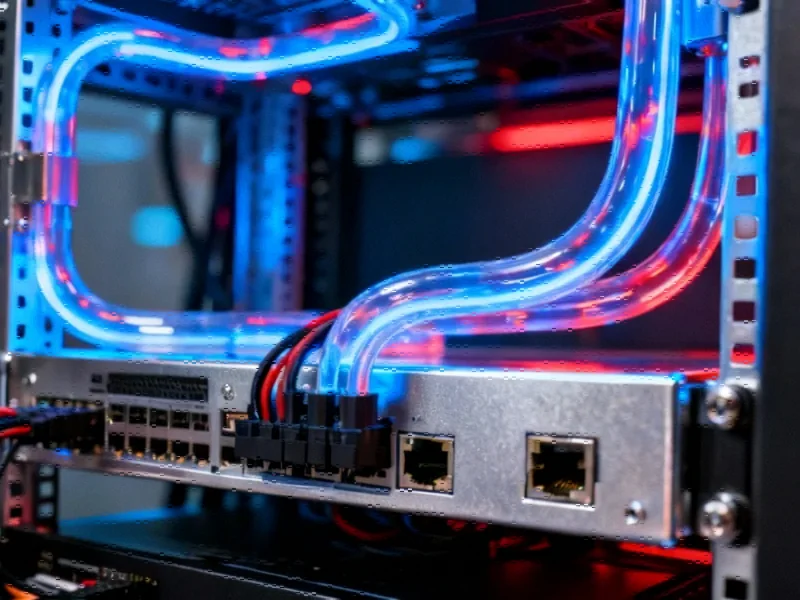Open Rack Design Targets AI Infrastructure Demands
At the recent 2025 Open Compute Project Global Summit, AMD introduced its Helios rack-scale AI platform, built on Meta Platforms‘ newly contributed Open Rack Wide specification. According to reports, the double-wide framework aims to improve power efficiency, cooling, and serviceability for large-scale artificial intelligence systems. Analysts suggest the design represents a significant shift toward open, interoperable data center infrastructure, though practical industry-wide adoption remains uncertain.
Performance and Hardware Specifications
The Helios system is powered by AMD Instinct MI450 GPUs based on the CDNA architecture, paired with EPYC CPUs and Pensando networking components. Sources indicate each MI450 GPU offers up to 432GB of high-bandwidth memory and 19.6TB/s of bandwidth. At full scale, a rack equipped with 72 GPUs is projected to reach 1.4 exaFLOPS in FP8 and 2.9 exaFLOPS in FP4 precision, supported by 31TB of HBM4 memory and 1.4PB/s of total bandwidth. The report states this represents approximately 17.9 times higher performance than AMD’s previous generation and roughly 50% greater memory capacity than competing systems.
Cooling and Connectivity Innovations
AMD’s design incorporates liquid cooling and standards-based Ethernet fabric to address thermal management and reliability challenges in dense AI deployments. The platform also integrates OCP DC-MHS, UALink, and Ultra Ethernet Consortium frameworks, enabling both scale-up and scale-out deployment strategies. According to the analysis, these features reflect growing emphasis on artificial intelligence infrastructure that balances performance with serviceability.
Industry Adoption and Open Standards
While Oracle has reportedly committed to deploying 50,000 AMD GPUs, broader ecosystem support will determine whether Helios becomes a shared industry standard. The collaboration between AMD and Meta signals a move away from proprietary systems, though reliance on major technology players raises questions about neutrality. As Helios targets volume rollout in 2026, partners and competitors alike are monitoring how open hardware standards evolve amid rapid industry developments.
Executive Perspective and Implementation Timeline
“Open collaboration is key to scaling AI efficiently,” said Forrest Norrod, executive vice president at AMD. “With Helios, we’re turning open standards into real, deployable systems.” The platform extends AMD’s push for openness from chip to rack level, combining Instinct GPUs, EPYC CPUs, and open fabrics. However, as with many recent technology announcements, these performance figures remain engineering estimates rather than verified field results.
AMD’s emphasis on related innovations in cooling and Ethernet networking comes as data center operators seek more flexible AI infrastructure. Additional details about the platform are available through AMD’s technical blog and official press release. As the industry watches this development, other market trends and industry developments continue to shape the competitive landscape for AI hardware.
This article aggregates information from publicly available sources. All trademarks and copyrights belong to their respective owners.
Note: Featured image is for illustrative purposes only and does not represent any specific product, service, or entity mentioned in this article.



